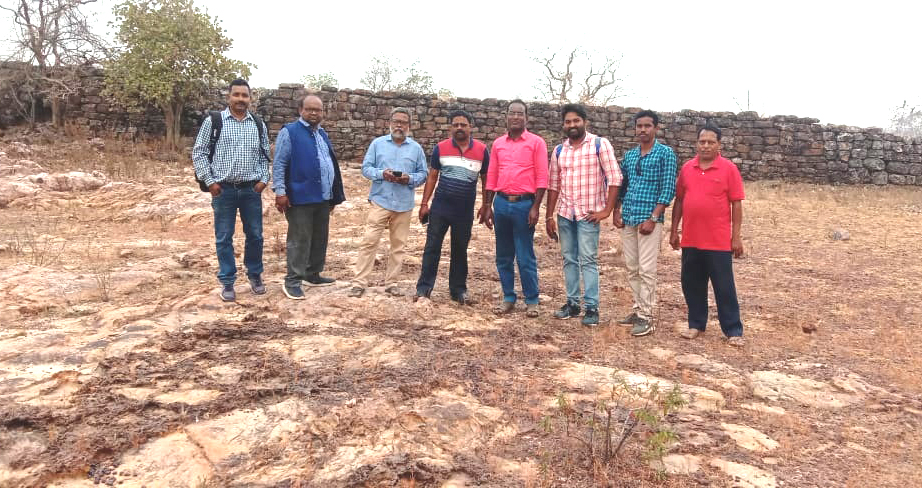Tarabod/Nuapada: The ruins of ancient Jumagarh and Manikgarh forts are lying scattered amidst the dense forest of Sunabeda wildlife sanctuary in Nuapada district. The damaged sculptures are the testimony of history and the lineage of monarchs in the region.
Unfortunately, the state government and the Archeology department have not turned their attention to restore restoration and maintenance the treasures, a report said.
Historians and archeological experts have now undertaken archeological research at the site to learn about the history of the monarchy in the region.
“If the sites lying hidden in the forests are excavated, the archeological findings would disclose many unknown aspects of Odisha’s history,” said Dr Ranbir Singh, head of the Archeology department in Kharial Autonomous College.
A team of researchers and historians led by Ranbir Singh had visited the sites inside the Sunabeda sanctuary a few days ago. In the Jonk river basin, lie the ruined walls of Manikgarh fort, which were built with stones. A part of the fort is still existent.
On visiting the spot, the team comprising culture researchers Mayadhar Saraf, Ajit Panda, Tapan Ranjan Das, Prameswar Barik, Mukesh Kumar Sahu, Sunil Kumar Sahu and Dambarudhar Majhi found that the Jumlagarh fort was built with both stones and baked bricks.
Besides, there are some broken stupas (mound or round structures) at the site.
It is believed that, both the forts had been developed at during the Maraguda civilization in the district. Though the area is rich in valuable archeological remains, there has been no survey or excavation in the area, the team said.
Dr Singh noted that, if the Archeology department undertakes excavation at the fort sites, more valuable information relating to Odisha’s Odisha history will be unearthed.
PNN
